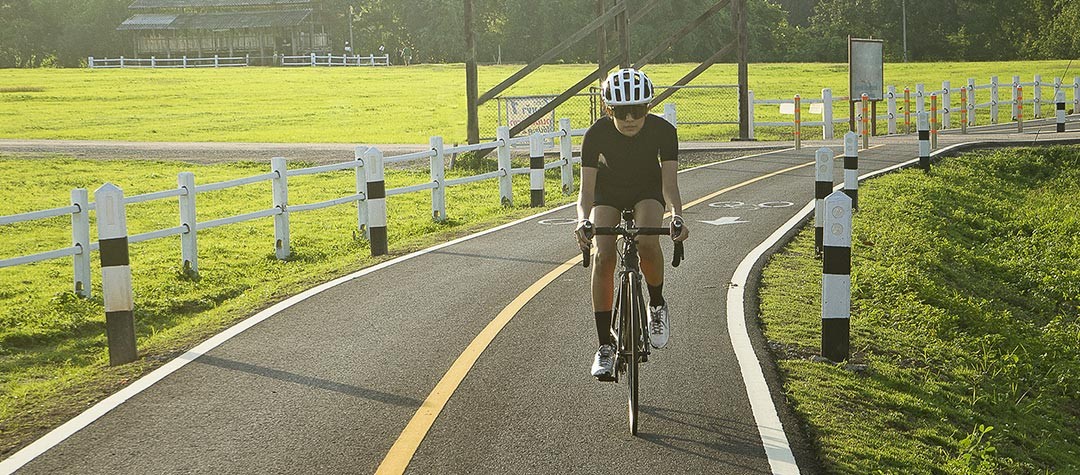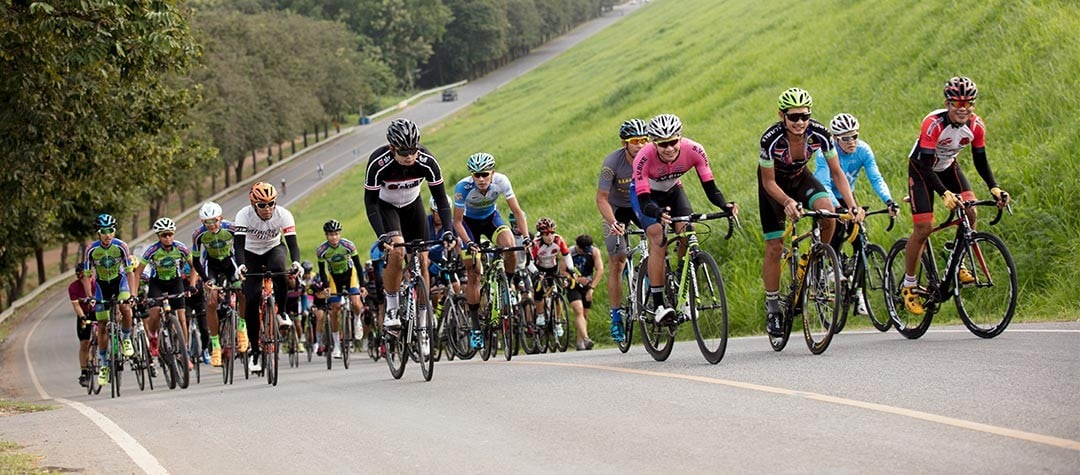When it comes to getting fitter and faster on the bike, there are two essential parts to the equation, those being the workout and the recovery. What you might not realise though is that it’s during the recovery proceeding the workout where you actually become fitter.
As athletes and active people, getting that workout part done is often not the problem. Instead, it’s making sure we're resting enough and being disciplined in our recovery process that could use some improvement!
So, here are some practical ways that you can speed up your recovery after cycling, which will help you to train more consistently and ultimately reach a higher level of performance.
Keep on top of hydration
There are many negative consequences to being dehydrated as a cyclist, including reduced blood volume, poor digestive function and an inability to sweat at an optimal rate. When it comes to high quality recovery, staying hydrated both during your workout and after your workout is vital.
Whilst riding, try taking a sip or two from your water bottle or hydration pack every 10-15 minutes to stay topped up. Start drinking right from the off and try to make sure you’re consistent throughout the majority of your ride. Using an alert on your cycling computer can really help with this, and most GPS devices will allow you to set an alarm to sound at particular intervals to let you know it’s time to take a swig.
When you’re done with your ride, it’s still important to get the fluids in, especially if you finished the ride with a deficit. Keep sipping water or an electrolyte-based drink in the hours after particularly long or hot rides to give your body the best chance to recover quickly.
Jumping on the scales and weighing yourself before and after your ride is a quick and easy way to see how much fluid you’ve lost during a workout and can help guide you on how much you then need to put back in.
Wind down your ride
If you’ve ever seen the pros after a long race or training ride, you’ll notice that they often spin their legs on a turbo trainer in order to finish with cool down. There’s a good reason for this…
Finishing your ride abruptly after a long or particularly intense session can leave a lot of metabolic waste products in the muscles and blood, which then linger once you stop riding and negatively affect your rate of recovery. A good way to avoid this is to return the body to a resting state gradually by cooling down in the final 10-15 minutes of a workout.
You might choose to do this by hopping on the turbo trainer once you get through the door, but equally you can simply spin easily for a few minutes at the end of your ride whilst still out on the road or trail.
As well as improving recovery, studies have also shown that finishing a hard workout at a low intensity also decreases your perception of how hard the ride was as a whole, helping you to be mentally prepared for another hard ride sooner.
Take advantage of the magic window
When you complete a long and/or particularly intense training session, you can dramatically speed up your recovery by eating as soon as you possibly can . What the research shows is that there’s a magic window of somewhere in the region of 20-40 minutes post-workout where your body is most receptive to and efficient at absorbing those calories.
This is key, as the food is needed in order to replenish your muscle glycogen stores, which have been depleted with exercise as well as provide protein to repair the damage to the muscle. Whilst you’ll often see cyclists and many other endurance athletes consuming a shake after a workout, this isn’t necessarily a requirement and regular food will also do the trick.
Try to ensure though that you have a balance of carbohydrates and protein (ideally in a 3:1 ratio) and that you take in some fluids if opting for solid food for your immediate recovery meal. Choosing higher glycemic carbohydrates (i.e. those that enter the blood quickly) immediately after finishing will help speed up that absorption, where you can then switch back to lower glycemic foods in the proceeding hours.
If you know you won’t have access to a suitable meal straight after your workout, then using a shake can be very convenient.
Use recovery accessories
There are many gadgets and accessories out there that have been engineered exclusively to improve recovery.
One of the best and most widely-used of these is a foam roller, which offers a quick and simple way to release tension and knots in the muscles, including the quads, hamstrings, calf muscles and lower back too. They’re light, relatively portable and easy to use, so having one to hand is certainly recommended.
Next up, you can use muscle stimulators post-workout too. Although stims are primarily used in injury rehabilitation to help muscle fibre recruitment, many have a dedicated recovery function that will send light electrical signals to the muscles causing them to gently pulse, much like if you were doing a light ride on the bike or getting a massage.
A technology that isn’t entirely backed by science but anecdotally provides a strong recovery benefit is compression. Compression works by increasing blood flow, which in theory helps to reduce muscle soreness and remove metabolic waste products build up during hard training. With a vast array of compression garments on the market, it makes sense to grab a pair of tights and see if they work for you.
Optimise your sleep
Finally, good sleep goes hand-in-hand with high quality recovery and is the foundation that underpins how quickly you can bounce back after a hard workout.
Without good sleep , your stress hormone Cortisol will increase and both your workout performance and post-ride recovery will suffer. In addition, you’ll be more susceptible to getting sick and find that your mental performance isn’t quite where it should be.
Some best practices to ensure you get good sleep as a cyclist include:
- making sure you have a regular bedtime and sticking to it
- avoiding caffeine and other stimulants in the latter half of the day
- trying to finish your training well in advance of going to bed
- ensuring your bedroom is set up correctly for you (e.g. cool temperature, a bed you find comfortable etc).
As tempting as it can be to sit in bed after a hard ride, avoid the temptation to use your bedroom to hang out in, instead associating it only with sleep.
If you have the opportunity, taking a nap in the middle of the day can help you enhance your recovery too, though this should be experimented with to assess whether it negatively impacts your evening sleep.













